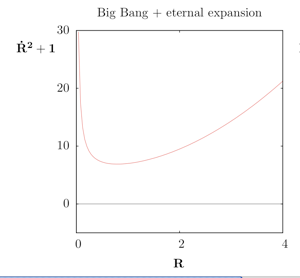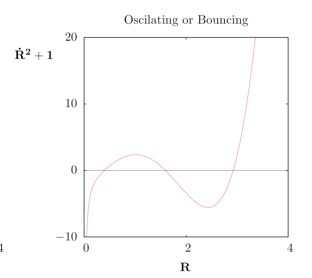The Casimir Effect
An outstanding problem in modern Cosmology is that of understanding the origin of the very small but non-zero vacuum energy which dominates at present the accelerated expansion of the Universe. Understanding the vacuum is also an interesting problem from the purely quantum theoretical point of view since it could shed light on the physics at scales even smaller than probed so far.
The Casimir effect is an experimentally verified macroscopic/mesoscopic manifestation of the vacuum fluctuations. In the simplest setup it consists on the appearance of a force between two neutral metal plates separated by a small distance, but in principle it is present whenever the geometry, boundary conditions or topology of the background is non-trivial. The effect can change from attractive to repulsive and at present one of the main questions is to understand how this is related to the background configuration. One approach to understand this is to vary the background and see how the effect changes from attractive to repulsive.


Examples of possible behaviors for the radius of the universe in a 4D spherical Universe with a scalar Casimir force. Whenever the red curve is above the horizontal line at zero, the corresponding R is allowed. On the left hand side plot we have a Universe with Big Bang and eternal expansion, whereas on the right hand side there is no Big Bang and we have either an oscillating Universe (confined between two radii) or a bounce at a minimum radius.
Since in principle, Casimir forces can be generated at large distance, this may play a role for Cosmology, particularly in the early Universe. If repulsive, the Casimir force could even avoid the Big Bang. It is also interesting to note that Casimir forces play a role in models with extra dimensions and could provide a mechanism to stabilize their size.
Recently we have also addressed the question of whether there is a well defined spectrum which give a more detailed account of the contribution of each mode of the vacuum fluctuations giving rise to the Casimir force. Our results show that the current attempts to define such a spectral density fail to encode extra physical information.